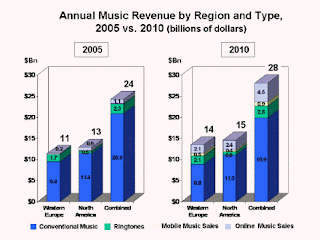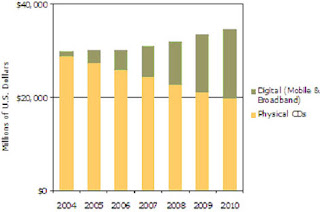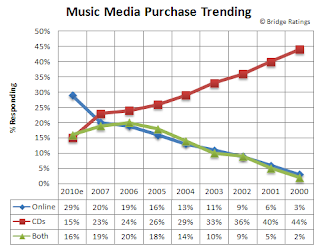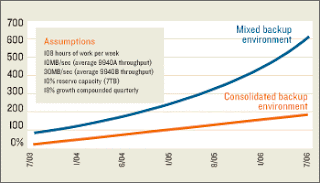
If you are the sort of person who is very interested in the future of IP applications as they relate to the global telecom business, EComm, to be held in March in San Jose, is going to be a "must-attend" event. Go to the link at the bottom of this post to get the details. Check it out. Register.
Aside from the quality of the program, I am compelled to note that this is a bottoms-up, user-generated event with no corporate sponsorship. It is the community pulling itself together, with Lee Dryburgh doing the heavy lifting. We need your support, in the form of your attendance.
You won't agree with everything you hear. But you will hear from some smart people who spend their time thinking about and building the next generation of communications. Fair and balanced. Policy advocates, telcos, application developers, consultants, solution providers.
Up close and personal. Some of you know I am a huge fan of smaller, intimate meetings where people get to talk to each other a lot. This will be that kind of place. Get there.
Confirmed speakers:
Lee S Dryburgh, SS7 Networks Limited
Martin Geddes, STL
Tony Nadalin, IBM
Phil Wolff, Reef9 Media
Brough Turner, NMS Communications
Sean O Sullivan, mySay
Ken Banks, kiwanja.net
Gary Miner, MIR3, Inc.
Stanley Chia, Vodafone
Thomas Huhn, Solution Media
Michael Codini, VoiceObjects, Inc.
Shidan Gouran, Jazinga Inc.
Blaine Cook, Twitter
Evan 'Rabble' Henshaw-Plath, Yahoo! Brickhouse
Kellan Elliott-McCrea, Yahoo! Inc.
Shai Berger, FōnCloud
Dean Bubley, Disruptive Analysis
Anders Carlius, TerraNet
Johannes Ernst, NetMesh
Michael Roth, British Telecom
Adrian Cockcroft, Netflix
Mark Rolston, Frog Design
Kevin Nethercott, LignUp Corporation
Ken Rehor, VoiceXML Forum
Thomas McCarthy-Howe, The Thomas Howe Company
Brian Capouch, Saint Joseph's College
Matthew S. Hamrick, Homebrew Mobile Phone Club
Stipe Tolj, Kannel Software Foundation
Rocky Nevin, DataSea, Inc.
Piotr Cofta, British Telecom
Norman Lewis, Wireless Grids Corporation
Ram Fish, Trolltech
Blaine Cook, Twitter
Sheldon Renan, Vision (+) Strategy
James Body, Truphone
Jim Van Meggelen, Core Telecom Innovations
Paul Amery, Skype
Tim Panton, Westhawk Ltd
Gabriel Sidhom, Orange-FT Group
Moshe Maeir, The Flat Planet Phone Co.
BJ Fogg, YackPack
Simonie Wilson, Open Methods
Michael Roth, British Telecom
Peter Saint-Andre, XMPP Standards Foundation
Michael Shiloh, OpenMoko
Marc A Smith, Microsoft Research Internet Services Research Center
Boaz Zilberman, Fring
Bob Frankston, Frankston Innovating
Mark Cooper, Consumer Federation of America
Kevin Nethercott, LignUp Corporation
Fabrizio Capobianco, Funambol
Koushik Chatterjee, Embarq
Sam Aparicio, Angel.com
John Waclawsky, Motorola
Michel Bauwens, P2P Foundation
Michael Codini, VoiceObjects, Inc.
Amit Desai, Dial Directions, Inc.
Dawn Nafus, Intel
Nathan Eagle, MIT Design Laboratory
Jeff Bonforte, Yahoo! Inc.
















































